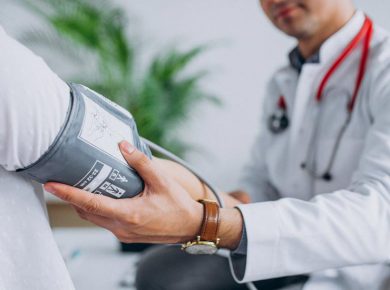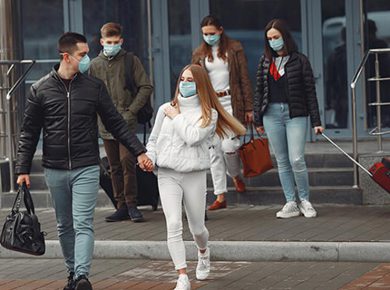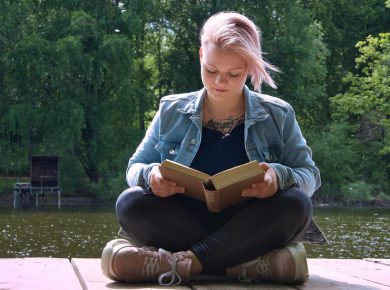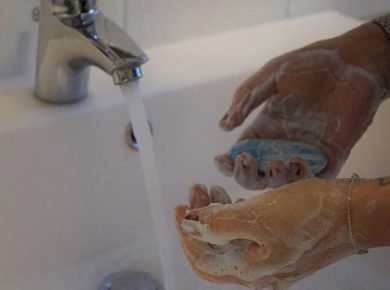#stayathome
Keep yourself out of the public to avoid coronavirus.
Find out everything you need to know about preventing, isolating and treating coronavirus. Our actions as individuals will go a long and isolating potential cases of COVID-19.
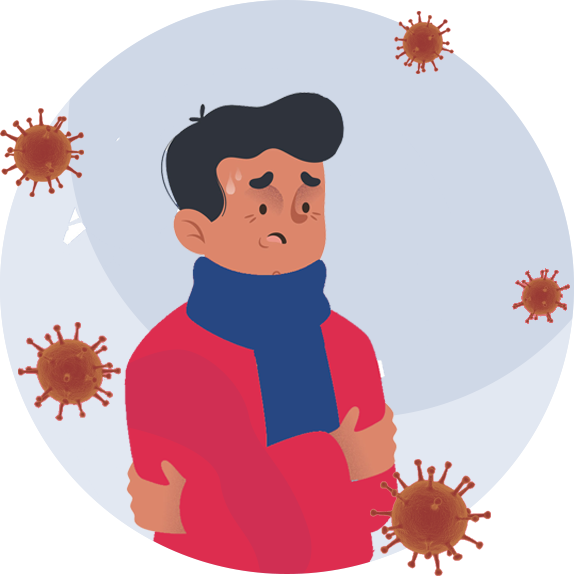
#stayathome
Keep yourself out of the public to avoid coronavirus.
Find out everything you need to know about preventing, isolating and treating coronavirus. Our actions as individuals will go a long and isolating potential cases of COVID-19.

Frist Published COVID-19 Coronavirus
Worldwide Cases / ( in Mild Condition )
4,143,649
Deaths / ( 16% )
281,716
Recovered / Discharged / ( 84% )
1,461,402
Today Total Tests
19,193
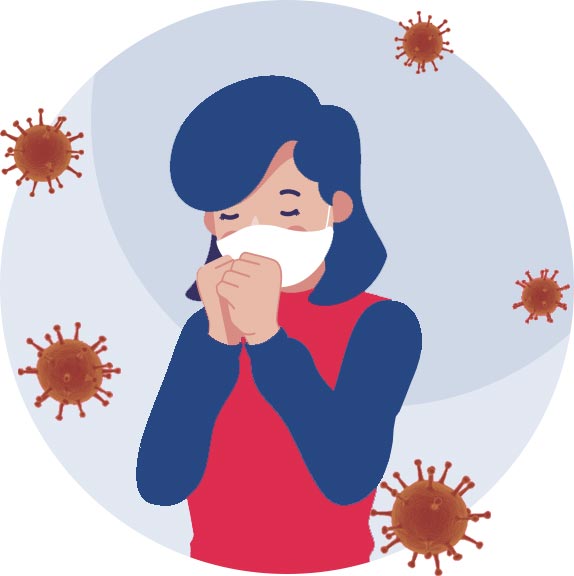
What are Coronavirus?
What is the COVID-19 virus?
What are Coronavirus? What is the COVID-19 virus? COVID-19 is ew strain of coronavirus that has not been previously identified in ans. It was first ified in Wuhan, Hubei Province, hina, where it has aused a large and ongoing reak. It has since spread more widely in China.
The COVID-19 virus is closely related to a bat coronavirus. ptoms may include muscle pain, sputum prod.
Protection of COVID-19
How to Stay Safe Important Percautions
COVID-19 typically causes flu-like symptoms including a fever and cough. In some patients - particularly the elderly and others with other chronic health conditions
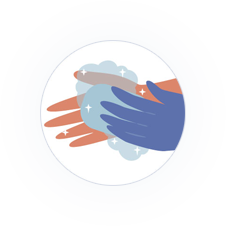
Take Hand wash
COVID-19 typically auses flu-like symptoms

Take A Musk
COVID-19 typically auses flu-like symptoms
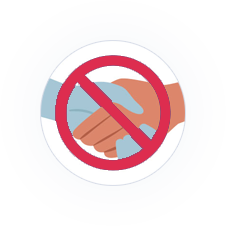
Don't Handshake
COVID-19 typically auses flu-like symptoms
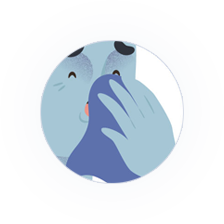
Don't Hand head
COVID-19 typically auses flu-like symptoms
Have any question to Covid - 19 ? Let us know, we will help you.
Prevention of COVID-19
How Can Prevention Corona virus?
COVID-19 typically causes flu-like symptoms including a fever and cough. In some patients - particularly the elderly and others with other chronic health conditions

Air by cough or sneeze
Travel restrictions or screening air tra vellers for high temperature (fever)ay prevent the infection

Animal contact
Travel restrictions or screening air tra vellers for high temperature (fever)ay prevent the infection

Personal contact
Travel restrictions or screening air tra vellers for high temperature (fever)ay prevent the infection

Droplets from infected persons
Travel restrictions or screening air tra vellers for high temperature (fever)ay prevent the infection

Contaminated objects
Travel restrictions or screening air tra vellers for high temperature (fever)ay prevent the infection

Touching infected surfaces
Travel restrictions or screening air tra vellers for high temperature (fever)ay prevent the infection
Symptoms of COVID-19
What are the typical symptoms?
COVID-19 typically causes flu-like symptoms including a fever and cough. In some patients - particularly the elderly and others with other chronic health conditions

High Fever

Cough

Sore Troath

Hedache
? Faq of COVID-19
Frequently Asked Questions ?
COVID-19 typically causes flu-like symptoms including a fever and cough. In some patients - particularly the elderly and others with other chronic health conditions






